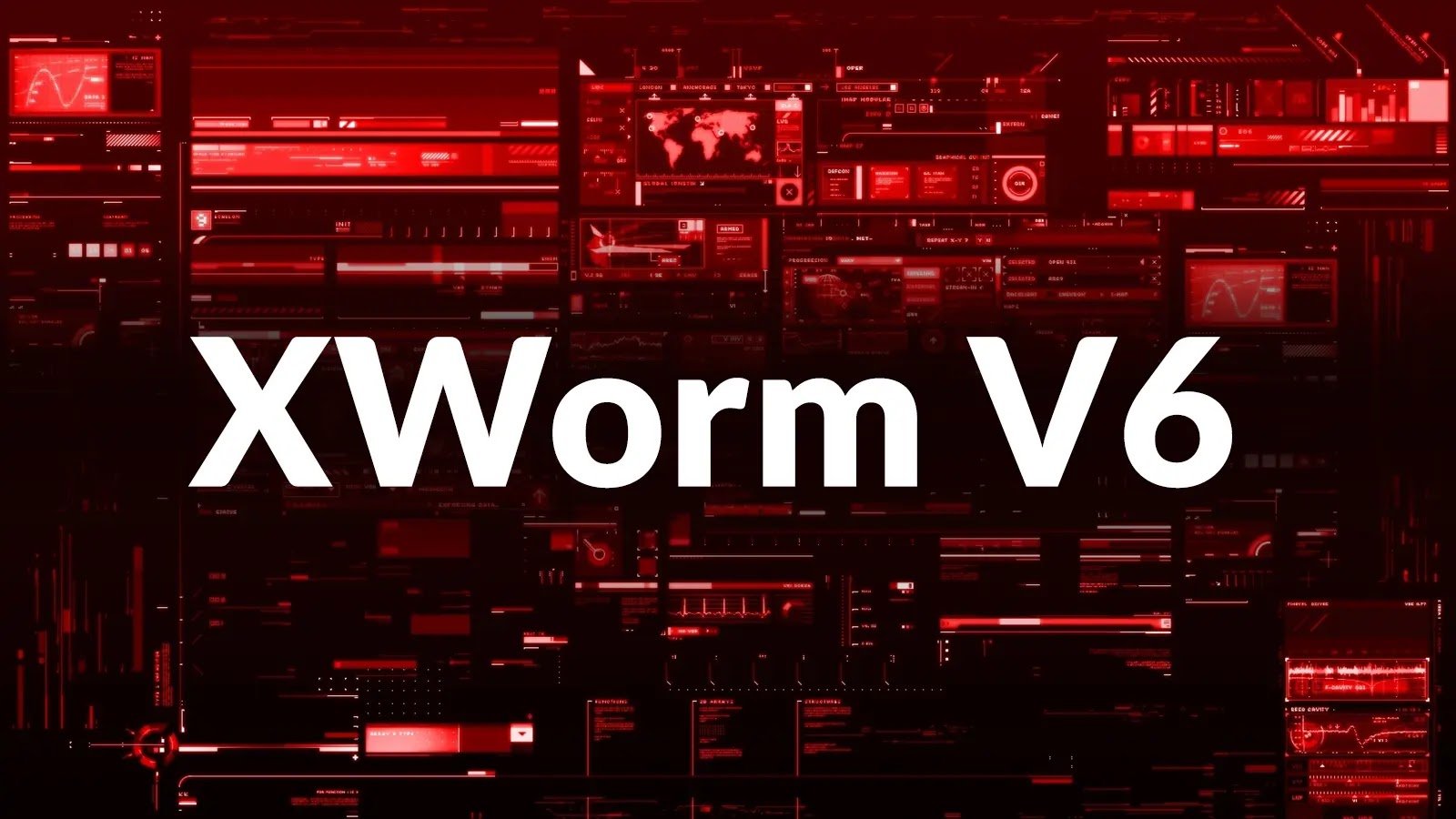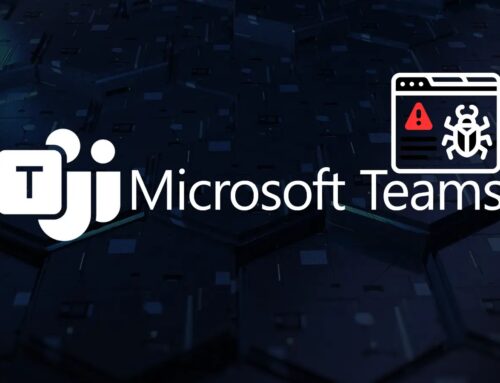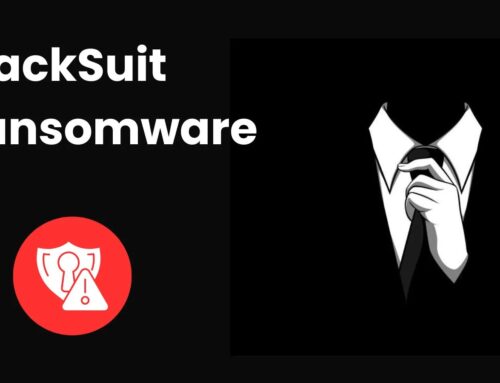
New XWorm V6 Variant’s With Anti-Analysis Capabilities Attacking Windows Users in The Wild
Unmasking XWorm V6.0: A New Era of Evasion and Anti-Analysis
The digital threat landscape perpetually evolves, and astute cybersecurity professionals must remain vigilant. A sophisticated new variant of the XWorm malware, designated as XWorm V6.0, has emerged in the wild, introducing unprecedented anti-analysis capabilities and enhanced evasion techniques. This evolution poses a significant and immediate threat to Windows users globally, demanding a thorough understanding of its mechanics and effective countermeasures.
XWorm has historically been a persistent menace, but V6.0 represents a substantial leap in its defensive strategies. Adversaries are investing heavily in making their malicious payloads resilient against detection and analysis, emphasizing the critical need for advanced security postures and proactive intelligence gathering.
The Evolution of Evasion: What Makes XWorm V6.0 Different?
Previous iterations of XWorm demonstrated standard malicious functionalities, but V6.0 incorporates multiple layers of protection specifically designed to thwart security researchers and automated analysis systems. This advanced toolkit enables the malware to significantly impede reverse engineering efforts, delay detection, and maintain persistence on infected systems.
Key characteristics defining XWorm V6.0’s enhanced evasion include:
- Advanced Anti-Analysis Mechanisms: This variant actively attempts to detect and circumvent virtual environments, sandboxes, and debugging tools. It can modify its behavior or terminate execution if it identifies such analysis tools, frustrating traditional forensic efforts.
- Sophisticated Obfuscation Techniques: Code obfuscation is employed to obscure its true nature, making it harder for signature-based detection systems and human analysts to understand its functions. This includes polymorphic and metamorphic capabilities that alter its code patterns.
- Enhanced Persistence: While specific persistence mechanisms for V6.0 are still under detailed analysis, XWorm variants typically utilize various techniques such as modifying registry entries, scheduling tasks, or creating hidden services to ensure survival across system reboots.
- Multi-Layered Encryption: Communication C2 channels and embedded payloads are likely secured with robust encryption, complicating network traffic analysis and payload extraction.
Threats Posed by XWorm V6.0
The primary objective of XWorm, and by extension V6.0, is to achieve remote control over compromised systems, enabling various malicious activities. The sophisticated anti-analysis features amplify the risk by providing attackers with extended dwell time and a higher probability of achieving their objectives undetected. The threats include, but are not limited to:
- Data Exfiltration: Sensitive personal and corporate data, including credentials, financial information, and intellectual property, can be stolen and transmitted to attacker-controlled servers.
- Ransomware Deployment: XWorm could serve as a precursor or delivery mechanism for more destructive ransomware payloads, encrypting files and demanding payment for their release.
- Spyware and Keylogging: It can monitor user activities, capture keystrokes, and capture screenshots, providing attackers with a comprehensive view of compromised systems.
- Botnet Participation: Infected machines can be conscripted into botnets, used for launching DDoS attacks, spam campaigns, or further distributing malware.
- Lateral Movement: Adversaries can leverage the foothold gained by XWorm V6.0 to move laterally within networks, compromising additional systems and escalating privileges.
Remediation Actions and Proactive Defense
Mitigating the threat posed by XWorm V6.0 requires a multi-faceted approach involving robust technical controls, user education, and proactive incident response planning. Organizations and individual users must adopt a defensive posture that anticipates and counters advanced evasion techniques.
- Endpoint Detection and Response (EDR) Solutions: Deploy and maintain advanced EDR solutions that utilize behavioral analysis and machine learning to detect anomalous activities that bypass traditional signature-based antivirus.
- Network Segmentation: Implement strong network segmentation to limit lateral movement in the event of a breach. Isolate critical assets and sensitive data.
- Principle of Least Privilege: Enforce the principle of least privilege for all users and applications. Restrict administrative rights to only those who absolutely require them.
- Regular Software Updates and Patching: Ensure all operating systems, applications, and security software are regularly updated and patched to address known vulnerabilities. While no specific CVE has been associated with V6.0’s exploits, general patching is always crucial.
- Security Awareness Training: Educate users about phishing, social engineering, and the dangers of clicking on suspicious links or downloading attachments from unknown sources. Many malware infections originate from user error.
- Application Whitelisting: Implement application whitelisting to prevent unauthorized executables from running on endpoints.
- Advanced Threat Intelligence: Subscribe to and integrate threat intelligence feeds specifically focused on emerging malware variants and attacker tactics, techniques, and procedures (TTPs).
- Regular Backups: Maintain regular, offsite, and air-gapped backups of all critical data to facilitate recovery in the event of a successful attack.
- Incident Response Plan: Develop and regularly test a comprehensive incident response plan to ensure a swift and effective reaction to potential infections.
Tools for Detection and Analysis
Effective detection and analysis of sophisticated malware like XWorm V6.0 rely on state-of-the-art tools that can overcome anti-analysis features. Here are some categories of tools and specific examples:
| Tool Category / Name | Purpose | Link (Example) |
|---|---|---|
| Endpoint Detection & Response (EDR) | Detects and responds to advanced threats on endpoints via behavioral analysis. | |
| SentinelOne Singularity Platform | AI-powered EDR for real-time threat prevention and response. | https://www.sentinelone.com/ |
| CrowdStrike Falcon Insight XDR | Cloud-native EDR and XDR capabilities. | https://www.crowdstrike.com/ |
| Threat Intelligence Platforms (TIPs) | Aggregates and contextualizes threat data (IOCs, TTPs). | |
| Recorded Future | Provides real-time threat intelligence. | https://www.recordedfuture.com/ |
| MISP (Malware Information Sharing Platform) | Open-source platform for sharing threat indicators. | https://www.misp-project.org/ |
| Static & Dynamic Analysis Tools | Analyzes malware without execution (static) or in a controlled environment (dynamic). | |
| Ghidra | Open-source software reverse engineering (SRE) suite. | https://ghidra-sre.org/ |
| Cuckoo Sandbox | Open-source automated malware analysis system. | https://cuckoosandbox.org/ |
| Any.Run | Interactive online malware analysis sandbox. | https://any.run/ |
| Network Traffic Analysis (NTA) Tools | Monitors and analyzes network activity for suspicious patterns. | |
| Wireshark | Network protocol analyzer. | https://www.wireshark.org/ |
| Suricata | Open-source network IPS, IDS, and NSM engine. | https://suricata-ids.org/ |
Conclusion
The emergence of XWorm V6.0 underscores a critical trend in cybersecurity: adversaries are continuously perfecting their methods to evade detection and analysis. Its advanced anti-analysis capabilities mean that traditional, signature-based defenses are increasingly insufficient. Organizations and individuals must prioritize a layered security approach, combining advanced endpoint protection, proactive threat intelligence, vigilant network monitoring, and continuous security awareness training. Staying informed about the latest malware evolutions, like XWorm V6.0, is a fundamental requirement for maintaining a resilient cybersecurity posture in the face of ever-growing threats.





